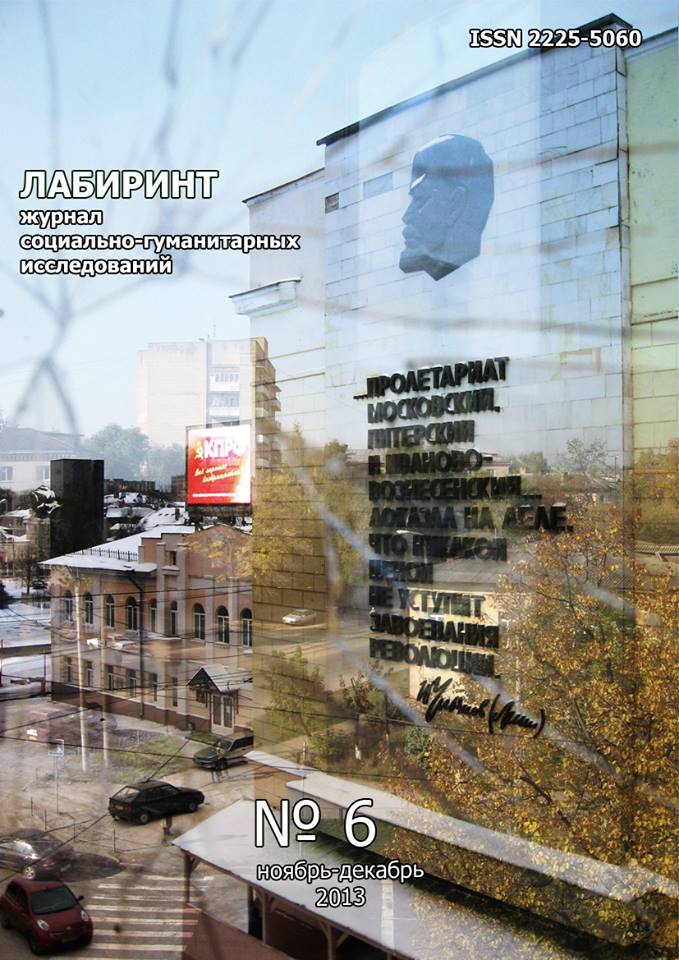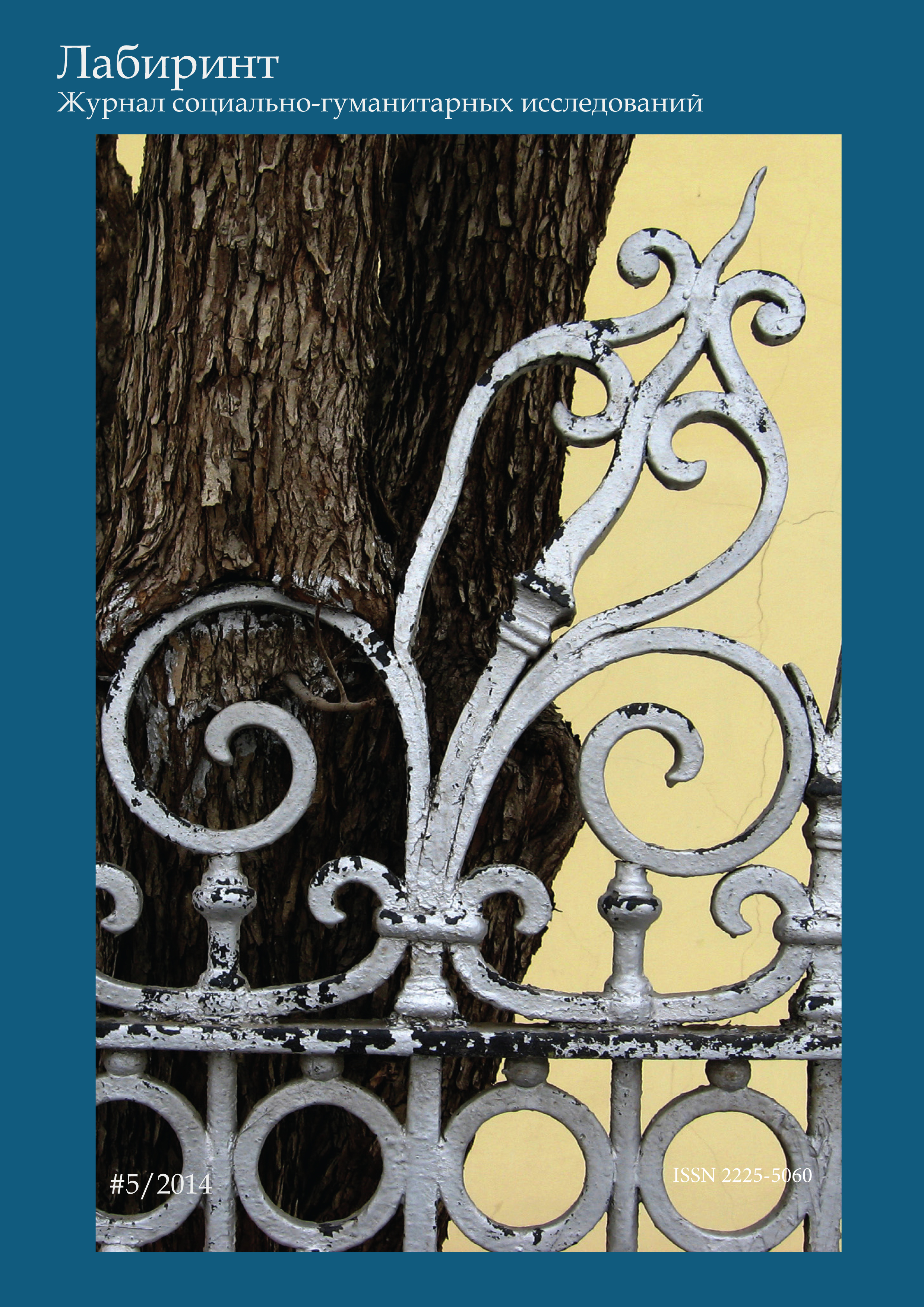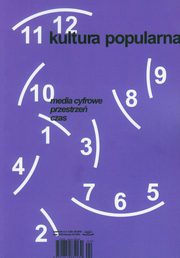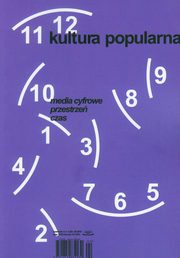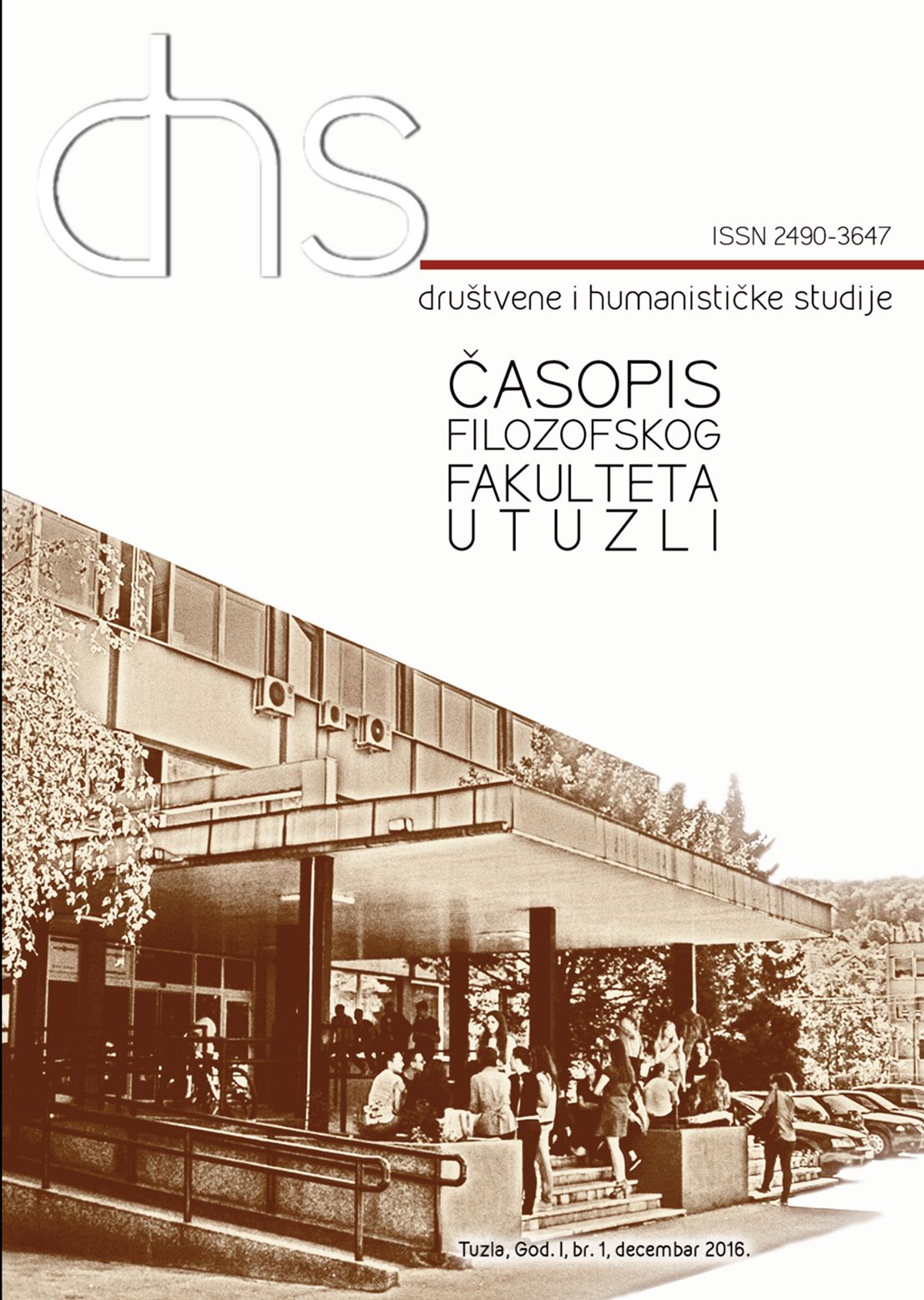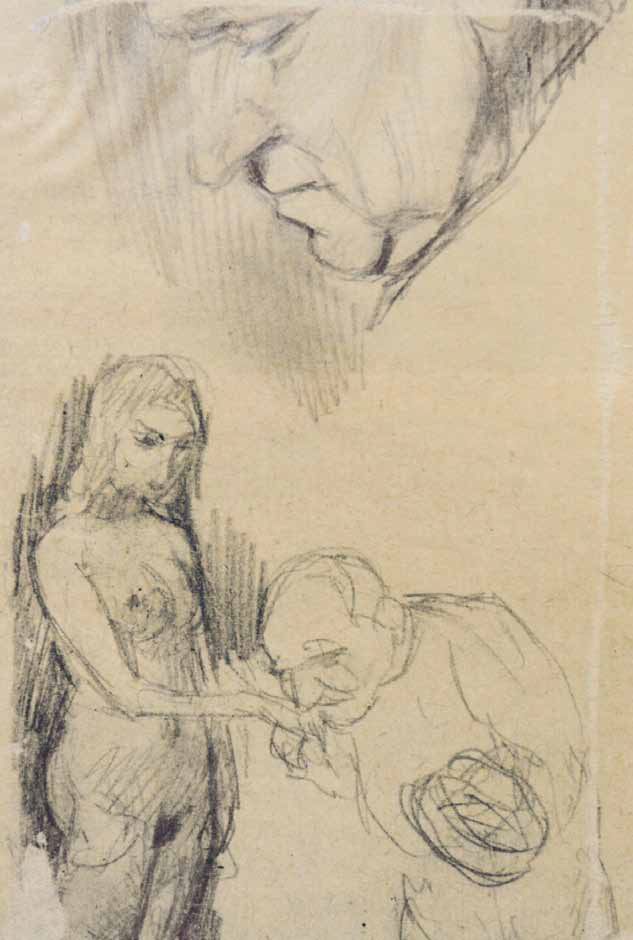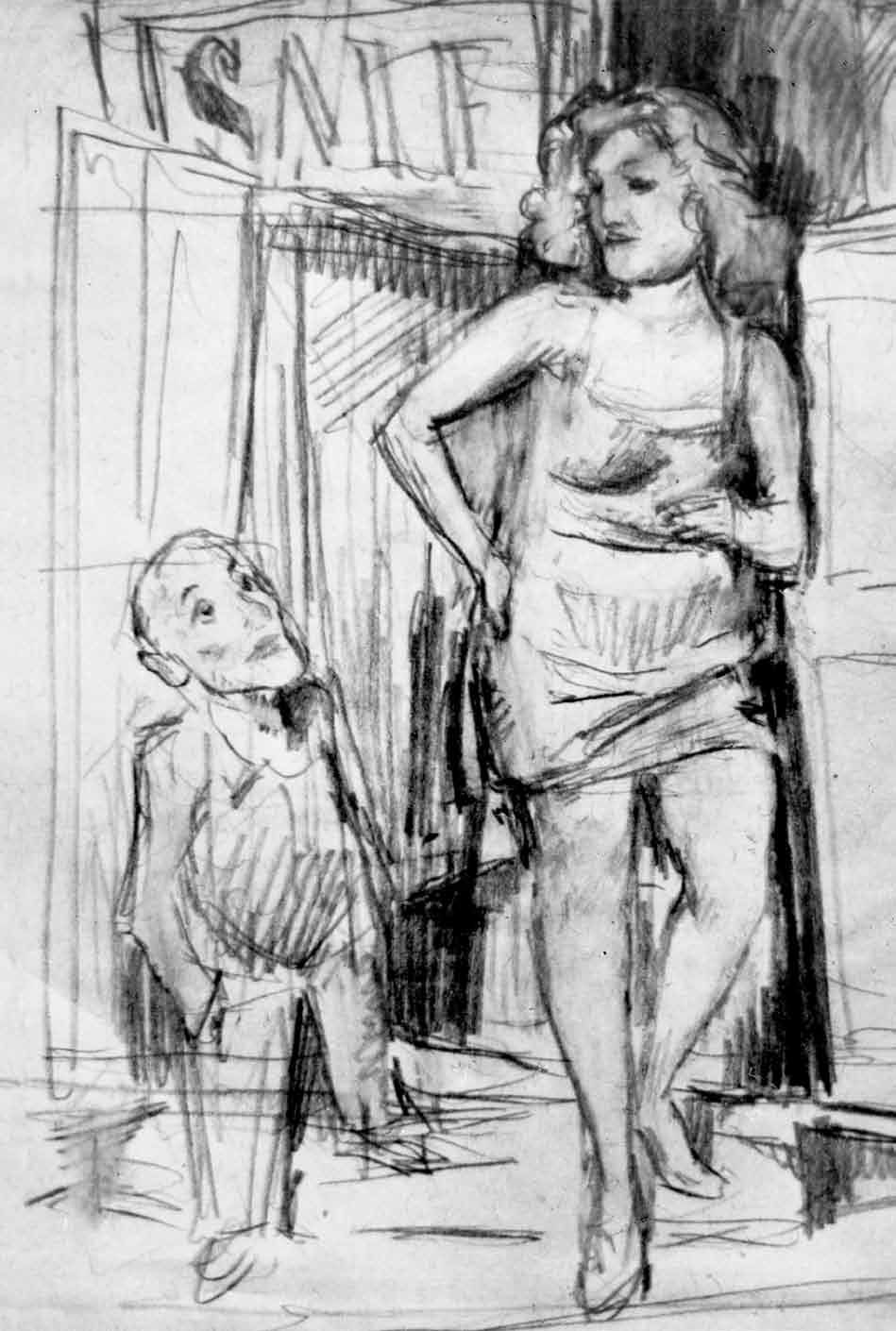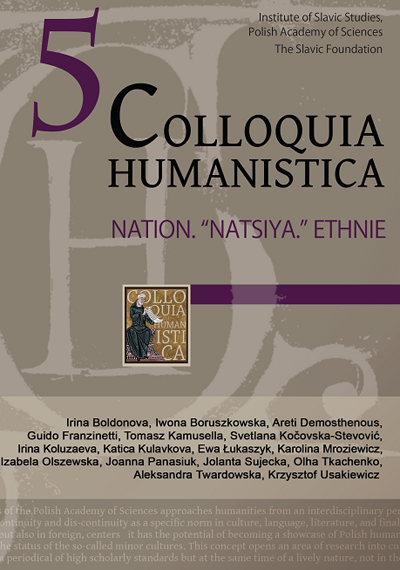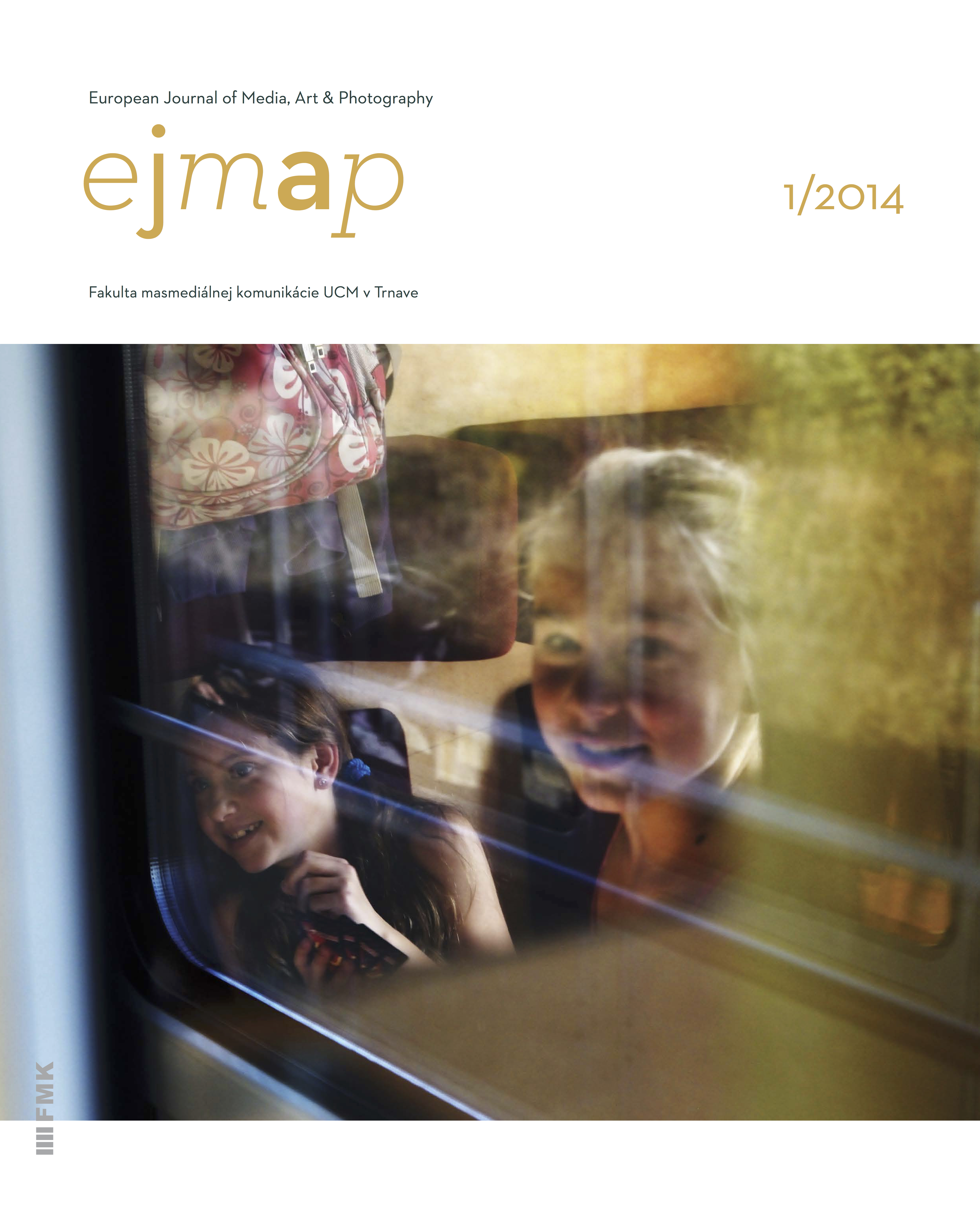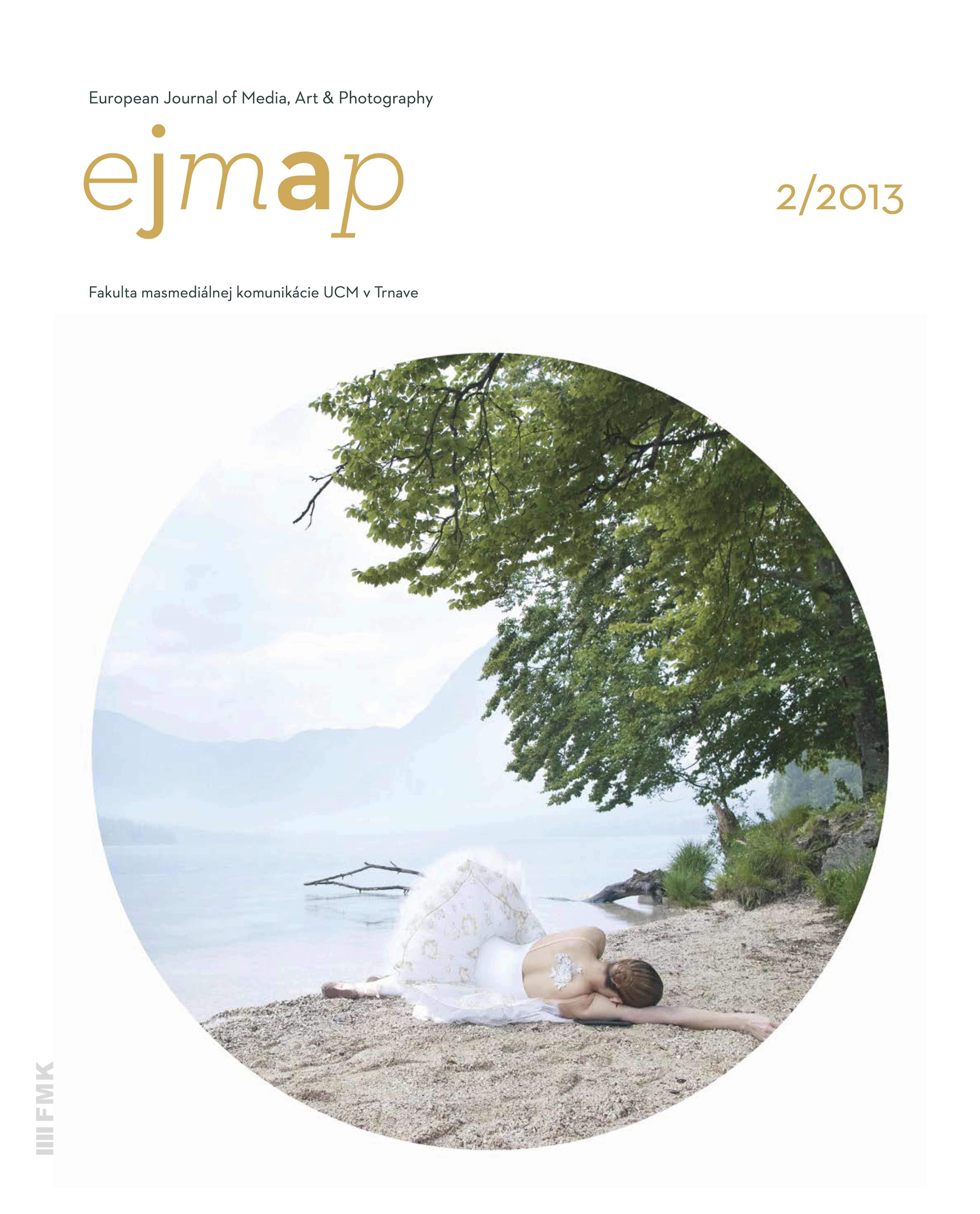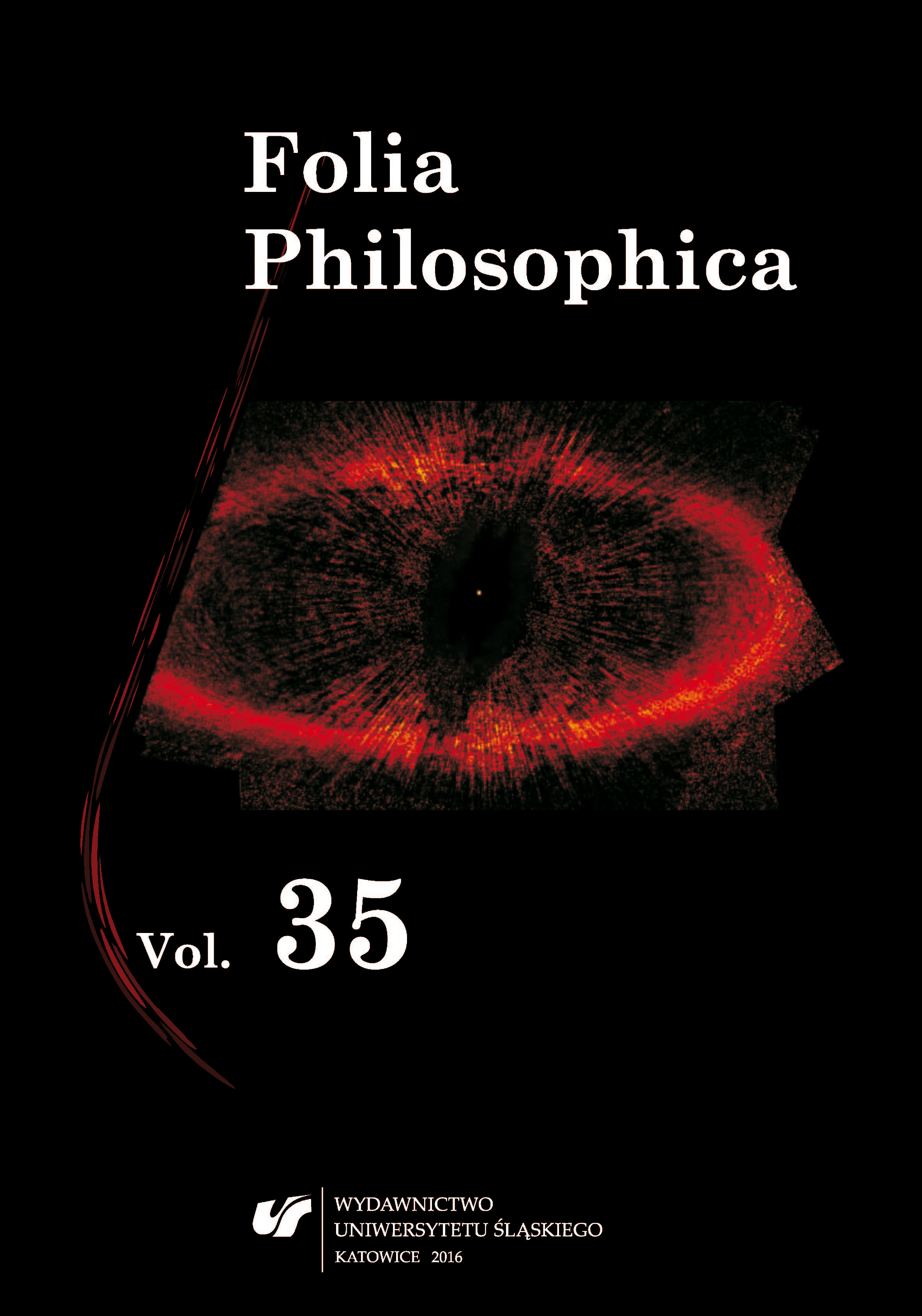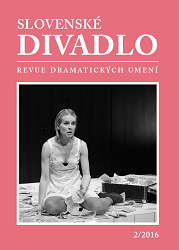
SLOVENSKÁ TEATROLÓGIA PO ROKU 1989 A FEMINIZMY
This study describes the situation after 1989 and explores particular publications by theatre scholars with a view to identifying to what extent feminisms/the feminist/ the gender conscious have penetrated theatre theory and practice in the Slovak and Czech context. It reflects the reception of this phenomenon in contemporary Slovak and Czech theatre studies. It brings a chronology and statistics of publications of this kind in Slovak and Czech theatre studies. It records slow and cautious changes in the reception and recognition of this phenomenon in Slovak and Czech theatre theory. In addition, it brings a list of works, studies and articles dealing with this issue which were published after 1989, a summary of authors who have actively contributed to the penetration of feminisms to theatre theory in Slovakia. This study aims to bring to the foreground the topic of “women and theatre”, which has been marginal on the Slovak theatre scene until today.
More...
